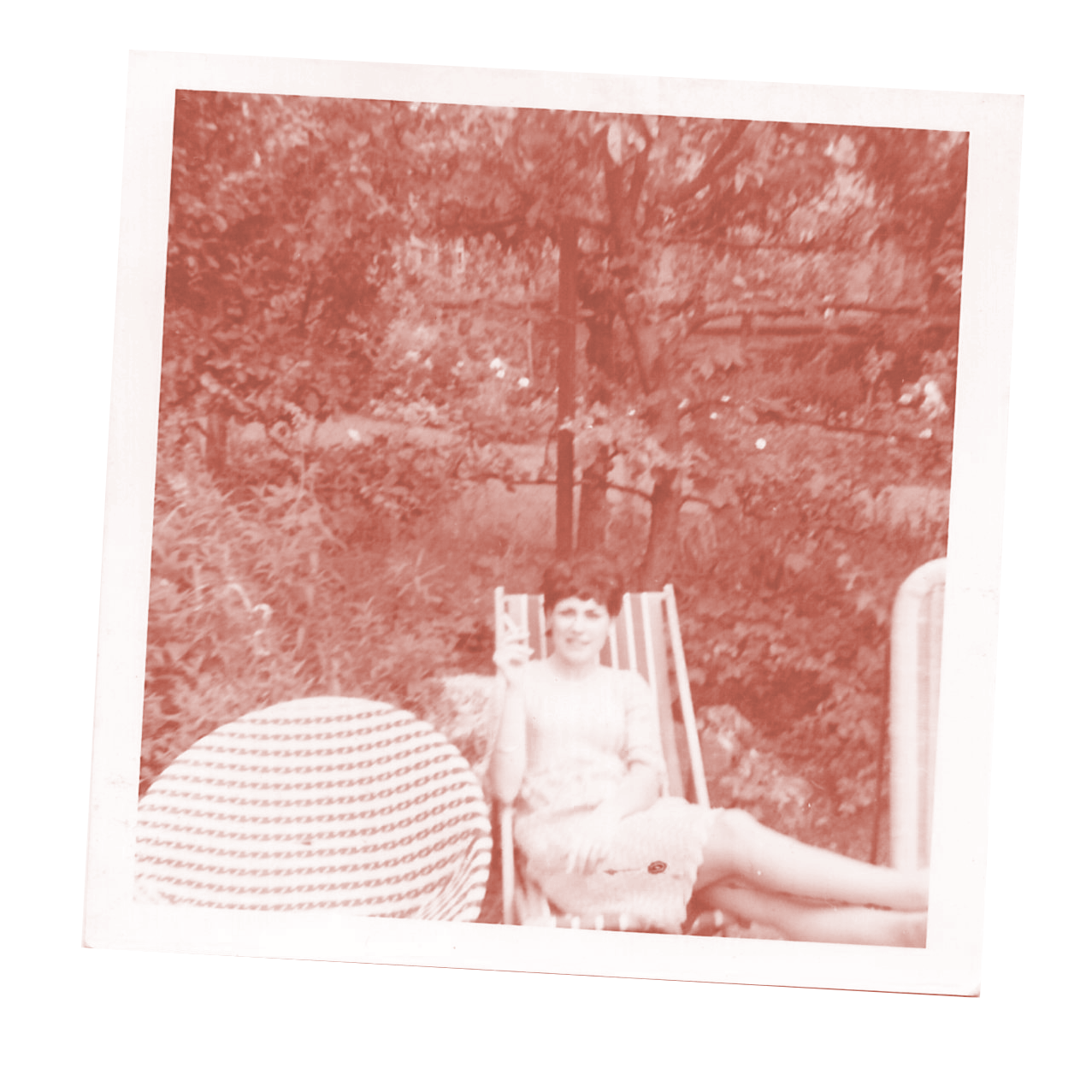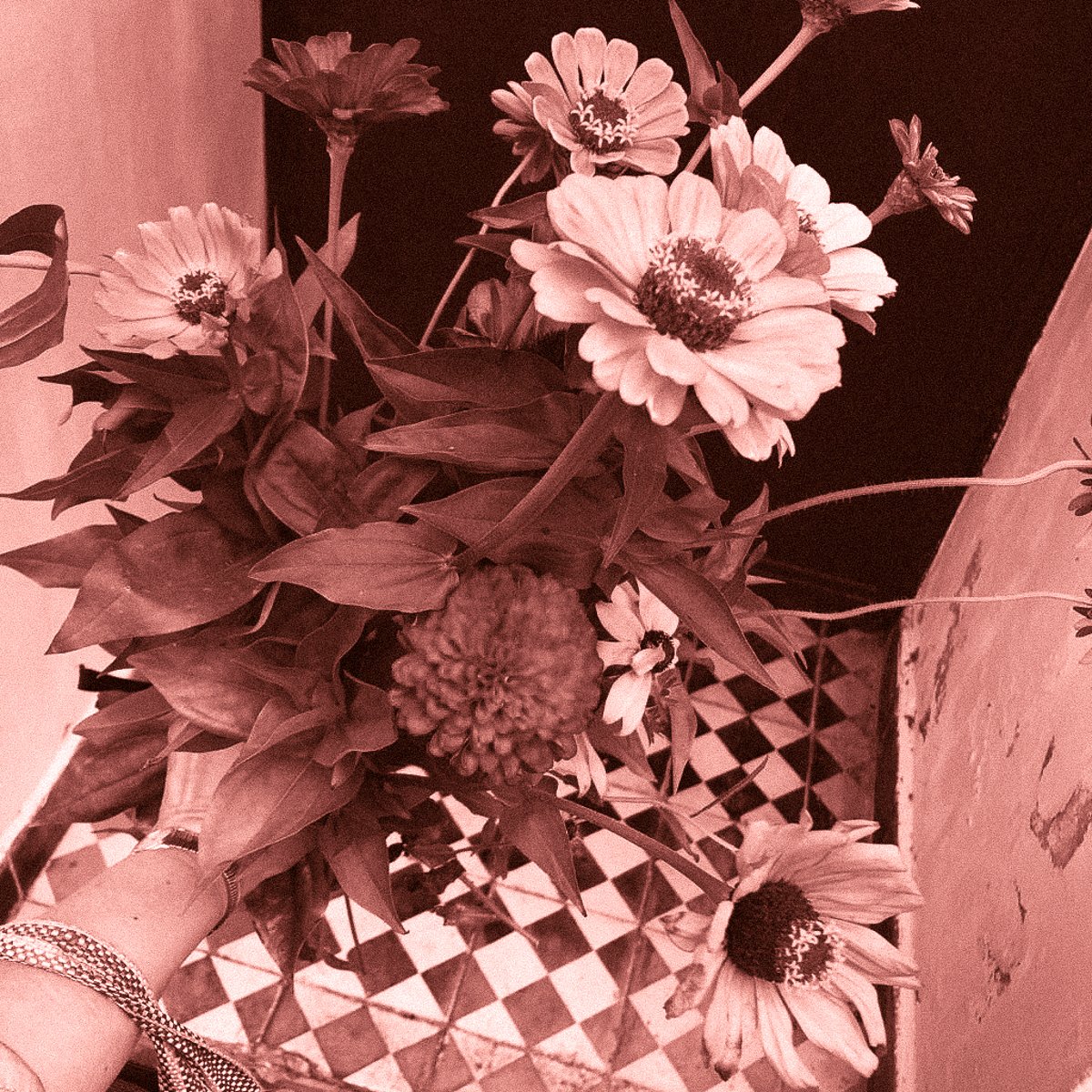The Mothership is an artist-led project by Yto Barrada creating space and time for research, artistic exploration, and retreat, inspired by natural dyes. Based in Tangier, the project is envisioned as an ‘eco-campus’ for growing, making, and learning natural dyes and indigenous traditions, and a place for experimental collective artistic practice through art residencies and workshops. The Mothership will be “a place to conjure pan-African eco-feminist practices into being”.
HISTORY
Founder Yto Barrada grew up in her parent's home adjacent to the wilder lands which now house the Mothership; in 2003 she moved with her family to live in the Gardener’s House, and now share her time between New York and Tangier. Since then a growing circle of collaborators and friends have joined her efforts to help envision and manifest The Mothership’s Natural Dye Garden, residency and education programs.
-
The restoration of the forest garden started in 2015, lead by french landscape design collective Coloco and plant inventory by Lisa Lee Benjamin and Sadek Tazi.
-
First first public natural dye workshop at The Mothership, by artist Victoria Manganiello. 2018 Yto Barrada and The Mothership co-organized and hosted a Synposium on Natural Dyes at the University in Marrakesh.
-
The Mothership hosts the first cohort of artists in residence
-
Construction of new Dye House starts, sponsored by Artangel
THE LAND
The part-wild, part-cultivated property where The Mothership is taking root is situated just 10 minutes from Tangier’s city center.The 8 acres sit on the flank of the legendary Old Mountain, overlooking the Strait of Gibraltar above steep cliffs, where the sunrise comes down the Mediterranean to the east. On a clear day, southern Spain is visible 23 km away due north across the Strait. Two small creeks converge at the bottom of the property, and secret path leads down to the rocks, where bathing in the refreshing waters of the Strait.
The stunning biodiversity of Northern Morocco – at the botanical crossroads of Africa, the Arab world, and Europe – is evident everywhere on the land. Indiginous plants grow beside varieties planted over the past 2 decades by local and international gardeners, including a growing assortment of dye plants. There are several types of eucalyptus that grow alongside native trees including the local pine, walnut trees, acacias, palms, Portuguese laurels, as well as ferns and oaks from the Rif. And a huge, iconic 150-year-old Morton Bay fig tree centers the valley garden, next to the main house.
This botanical story continues into the adjacent National Park, once owned by Ion Perdicaris, a wealthy Greek-American who (like the Moroccan, Phoenician, Roman, Spanish and French transplanters who came before) introduced various new species of plants.The city of Tangier took possession of this forest in the twentieth century, and it is now maintained and laid out with marked paths for the inhabitants of Tangier and visitors to the city.
THE CITY OF TANGIER
Located on the northernmost tip of Africa, Tangier has historically been a place of trade and exchange between North Africa and Southern Europe. Once a strategic Berber town, the city was fought over by colonial powers keen to control the narrow straits linking the Mediterranean to the Atlantic Ocean. In the 1920s, Tangier was designated an international zone, ushering in a period as a cosmopolitan hub for artists, adventurers, writers, diplomats, and exiles. The city gained notoriety in the 1950s when Paul and Jane Bowles and William Boroughs settled there, becoming a magnet for key figures of the Beat Generation including Jack Kerouac and Allen Ginsberg, and for many writers, artists, film-makers and musicians in the 1960s and 70s.The site of The Mothership was from the 1930s to the 1960s the home of Scottish painter James McBey and his American wife Marguerite McBey. Archival images show guests such as Truman Capote and Jane and Paul Bowles passing through the property.
THE PEOPLE
Yto Barrada (Founder)
Yto Barrada (b. 1971, Paris) is a Moroccan-French artist recognized for her multidisciplinary investigations of cultural phenomena and historical narratives. Engaging with the performativity of archival practices and public interventions, Barradaʼs installations reinterpret social relationships, uncover subaltern histories, and reveal the prevalence of fiction in institutionalized narratives. In 2006, Barrada founded the artist-run Cinémathèque de Tanger, North Africa’s first cinema cultural center, now an internationally appreciated institution.
Her work has been exhibited at the Stedelijk Museum, Mass MoCA, Tate Modern, the Barbican, The Museum of Modern Art, The Metropolitan Museum of Art, Renaissance Society, the Walker Art Centre, Whitechapel Gallery and the 2007 and 2011 Venice Biennales. Barrada has received multiple awards, including the Mario Merz Prize (2022); the Queen Sonja Print Award (2022); the Roy R. Neuberger Prize (2019); the Abraaj Group Art Prize, UAE (2015); Robert Gardner Fellowship in Photography (2013); Deutsche Guggenheim Artist of the Year (2011).
Board & Friends of The Mothership
Hicham Bouzid
Kenza Bennani
Isa Rodrigues
Elodie Pong
Omar Berrada
Regine Basha
Grants & Financial Support
Artangel (2020-2022)
Arab Fund for Arts and Culture (2023-2025)










